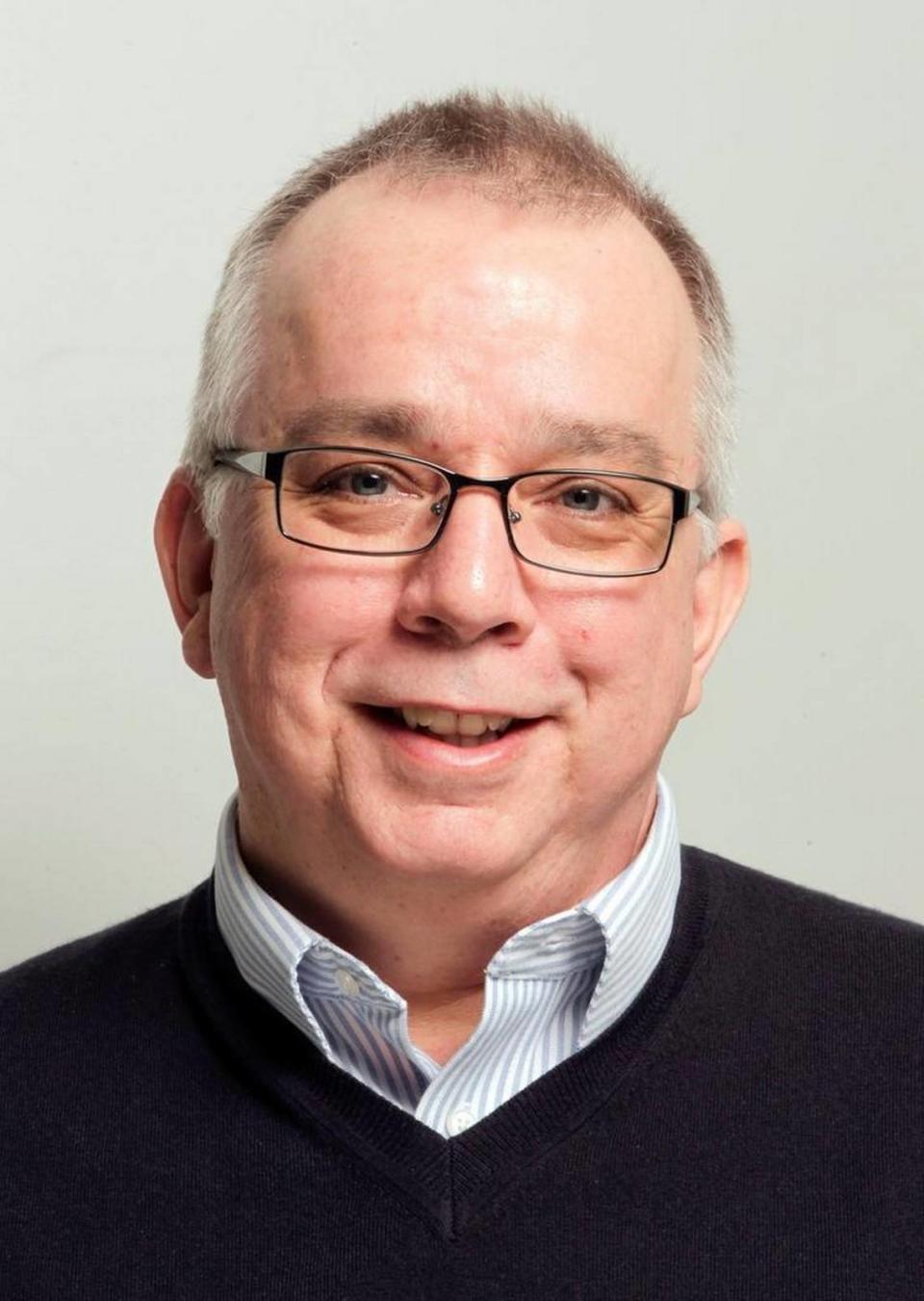‘Born-again Christians’ include several different, sometimes competing groups | Opinion
A couple of weeks ago, multiple alert readers (to borrow Dave Barry’s phrase) sent me links to an essay by the New York Times’ David French.
As I’ve said before, for my money French is the best pundit out there on matters of religion, culture and values. He’s more conservative than I am, but he’s unfailingly gracious, thoughtful and clear-eyed. He’s a pleasure to read even when I disagree with him. You can’t ask for more than that.
The opinion piece in question is called, “The Line Between Good and Evil Cuts Through Evangelical America.” I inferred, rightly or wrongly, that the readers who sent it to me hoped I’d weigh in on it — that I’d comment on the commentary, as it were.
French’s essay is too lengthy and nuanced for me to address in the detail it deserves, but at its core is a point I’ve been trying to make for years. Without much success, alas.
It’s that while political pollsters and the national media tend to lump under one banner those dreaded right-leaning “white evangelical or born-again” Christians, that banner actually includes an anomalous set of people with different belief systems and often competing goals.
It’s not that the evangelical/born-again label is wrong, exactly. It’s that it’s incomplete. It can produce more misunderstanding than insight.
There are three central divisions of “white evangelical or born-again” Christians: fundamentalists, evangelicals and Pentecostals. (Of course in the proud Protestant way of doing religion, each of these groups is further divided into endless splinter groups, eccentric variations and theological third cousins.)
But let’s stick to the three big ones.
First, fundamentalists.
French quotes Richard Land, the former head of the Southern Baptist Convention’s Ethics and Religious Liberty Commission, who described fundamentalism as “far more a psychology than a theology.”
Dead on, in my experience.
“That psychology is defined by an extreme sense of certainty, along with extreme ferocity,” French continues. “Roughly speaking, fundamentalists are intolerant of dissent.”
I’d suggest they’re driven primarily by fear: Fear of uncertainty, which they view as a lack of faith; fear of outsiders; fear of modernity; fear of God; fear of sin; often, fear of women. Anything that’s different from whatever they already know can make them go a bit batty.
Many fundamentalists despise the other two divisions, whose adherents they see as squishy.
Second, evangelicals.
Evangelicals share some — but not nearly all — of fundamentalists’ Bible-centric theology and conservative social tenets. Yet they tend to be less extreme.
“Evangelicals are much more accepting of theological differences,” French writes. “Fundamentalists place a greater emphasis on confrontation and domination. Evangelicals are more interested in pluralism and persuasion. Fundamentalists focus more on God’s law. Evangelicals tend to emphasize God’s grace. While many evangelicals are certainly enthusiastic Trump supporters, they are more likely to be reluctant (and even embarrassed) Trump voters, or Never Trumpers, or Democrats. Fundamentalists tend to march much more in lock step with the MAGA movement.”
Third, Pentecostals.
Whereas it can be hard for outsiders to tell evangelicals from fundamentalists, French observes, Pentecostals are a different species altogether:
“The movement was started by a Black pastor named William Seymour, and it is far more supernatural in its focus than, say, the Southern Baptist or Presbyterian church down the street,” French says.
Pentecostals believe the miraculous gifts and miracles given to the church on the Day of Pentecost, as detailed in the biblical books of Acts and 1 Corinthians, are still available to Christians, including prophecy, speaking in tongues and gifts of healing.
They tend to be working class rather than middle- or upper-middle class, and their churches tend to be more racially diverse than other evangelical or even mainline churches.
Worldwide, Pentecostalism is now the second-largest branch of the Christian faith, trailing only the Roman Catholic Church. It’s especially strong in the global south.
“Pentecostalism is arguably the most promising and the most perilous religious movement in America,” French says. “At its best, the sheer exuberance and radical love of a good Pentecostal church is transformative. At its worst, the quest for miraculous experience can lead to a kind of frenzied superstition.”
He’s correct again, on both counts.
My background includes all three factions of this evangelical/born-again amalgam.
My paternal grandparents were fundamentalist Baptists. Family lore says Granny grieved when my dad, as a young man, migrated to the evangelical Southern Baptists. He’d become a liberal, she thought, and his soul was in grievous danger.
I grew up Southern Baptist, then. Much later, when I was a young man, my parents left the Southern Baptists for the Pentecostals. I soon followed, making a different transition — from proud, flag-waving reprobate to Holy Roller.
I’ve lived the born-again spectrum up close and personal.
And I’ve long tried to tell folks who aren’t familiar with that influential religious worldview (or set of worldviews), “Those born-again Christians aren’t just one thing. It’s really complex in there.”
Many thanks to French for making that clearer.

Paul Prather is pastor of Bethesda Church near Mount Sterling. You can email him at pratpd@yahoo.com.

